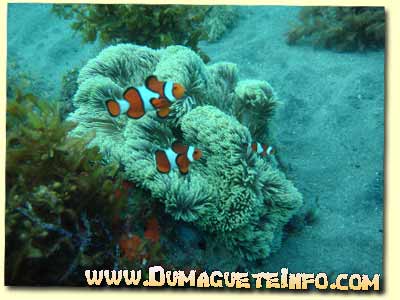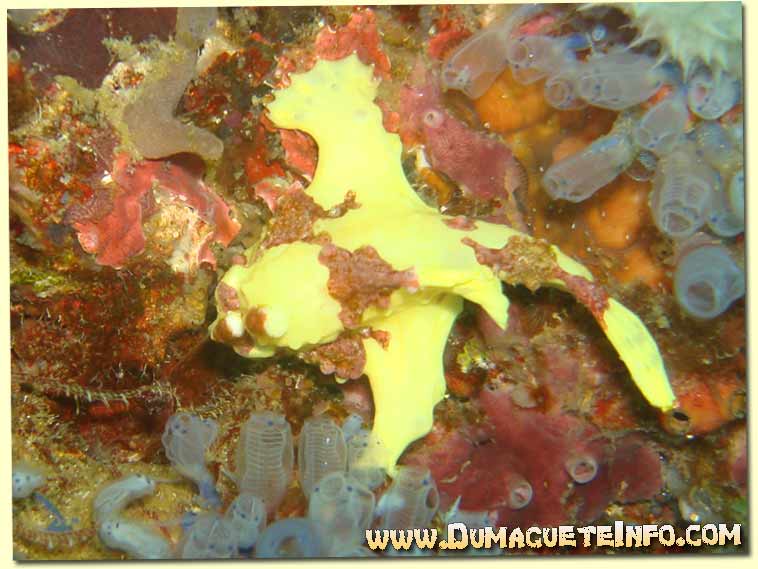DumagueteInfo Has Moved!
DumagueteInfo has a new home and you are viewing an archived article. Get the latest of what the new DumagueteInfo has to offer after reading this article. Thank you! Read more →
DumagueteInfo has a new home and you are viewing an archived article. Get the latest of what the new DumagueteInfo has to offer after reading this article. Thank you! Read more →
Apo Island is surrounded by clear blue waters where a rich and exotic breed of marine species subsists in harmony. To dive in these waters have always been a pleasure whether it be for education or leisure. Being considered as one of the top dive sites to be seen in the Philippines, Apo Island has indeed emerged as a hot tourist destination in the past years.
Just south of Apo Island, another dive hotspot, the diving depths range from five to thirty-five meters.  The current is usually moderate but could be strong depending on the season and weather. It is advisable to visit the place from January to May, the best months when the weather is generally cooperative.
The current is usually moderate but could be strong depending on the season and weather. It is advisable to visit the place from January to May, the best months when the weather is generally cooperative.
There are around eleven key spots for drop off headed by the Apo Island Marine Sanctuary which offers excellent diving vistas. At the marine sanctuary, both hard and soft corals can be seen everywhere. Reef fishes also abound in the area, providing a very interesting point of observation for all aficionados. Snappers, surgeonfish, damselfish and wrasses are among the locals in the sanctuary. Barracudas are aplenty, so are tunas, white tip and black tip sharks. Giant clams, sea turtles and manta rays are among the sanctuary’s greatest allure.
Chapel Point is located at the buoy-off zone in Apo Island. It runs down to a depth of 15 meters under the buoy. The best attractions in this dive site are the well preserved corals and the remarkable amount of fish existing in the area. Good coral heads, whip corals, soft corals, sea stars, nudibranches of many varieties, basket sponges, and gorgonian sea fans are among the coral treasures. Meanwhile, aquatic creatures like the black and white snappers, the vlaming’s unicorn fish and the trumpet fish freely swim around.
Rock Point can be reached by a banca or an outrigger from the mainland. It takes about 15 minutes to get to this dive site. The diving depth is also 10 meters but this area is always the brunt of ill weather so a good dive around here would depend greatly on the weather conditions. A gentle slope of rocks and corals like the Tubastrea and the Dendropthva tree corals serve as the portal. Here other fish types like the triggerfish and Bumphead Wrasse, black tip and white tip sharks and some moray eels are also regular visitors.
Coconut Point is in the west center of the north side of Apo Island. With the deepest depth of 25 meters, it generally has a strong undercurrent which also responsible for pulling in many kinds of fishes. Its major appeal is the presence of white reef sharks and fabulous corals like the Sarcophython and the Dendrophylia. Mamsa Point, on the other hand, is named after the mamsa fish, the local name for jack fish which teem in this zone. It has a depth of 15 meters where a bounty of gorgonians can be found and other fishes such as groupers, lion fish and scorpion fish.

This beautiful Frog Fish picture is taken right in rfont of Apo Island, Frog Fish tends to stay in the same area, so the dive master at Apo Island Beach Resort knew exactly where to find this little cute fellow.